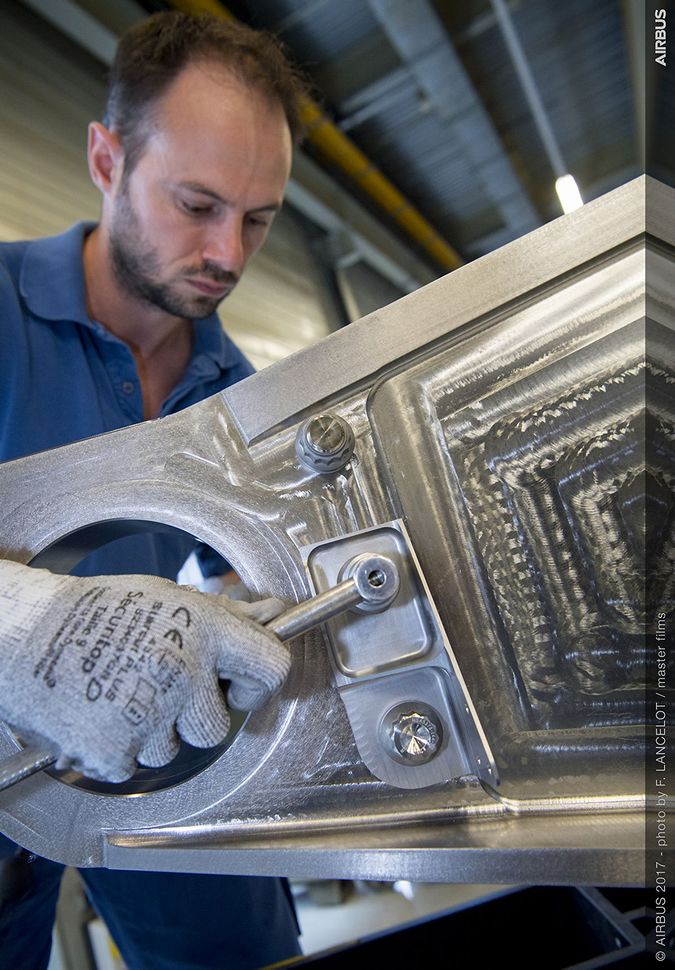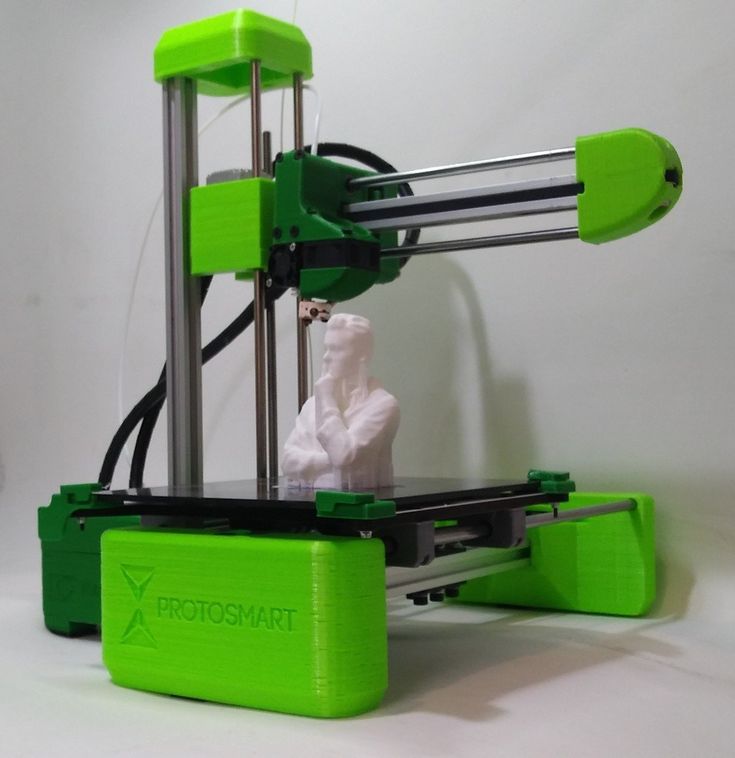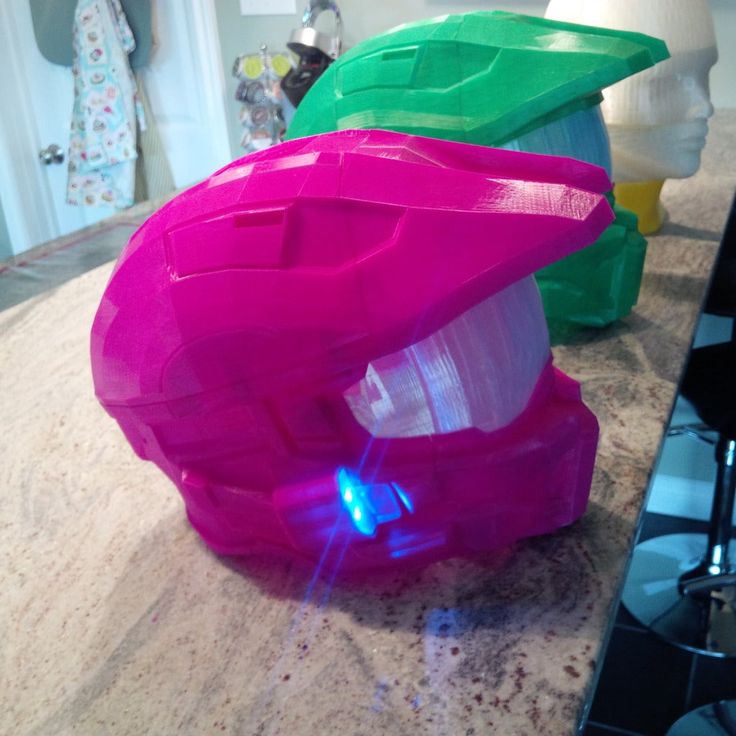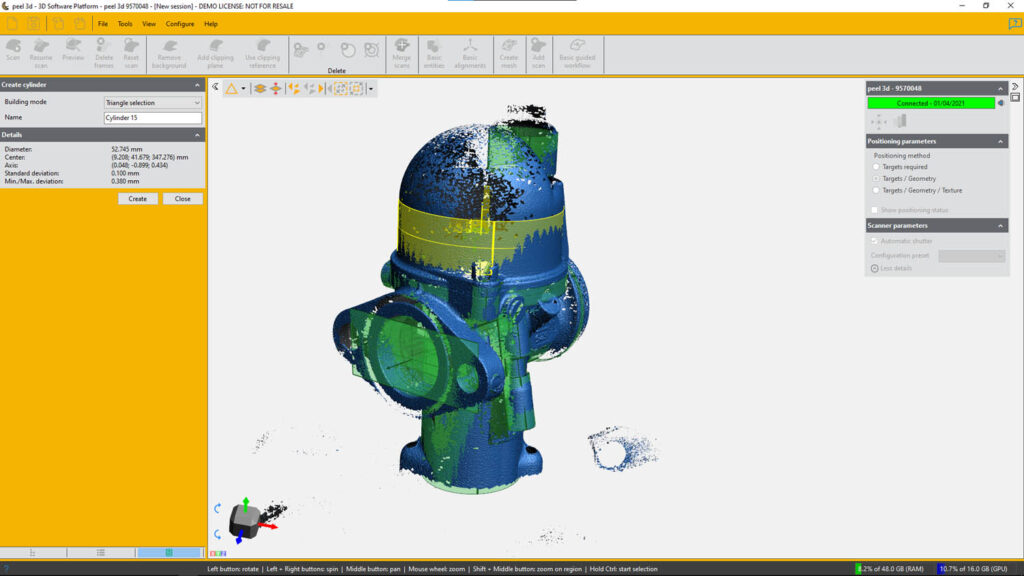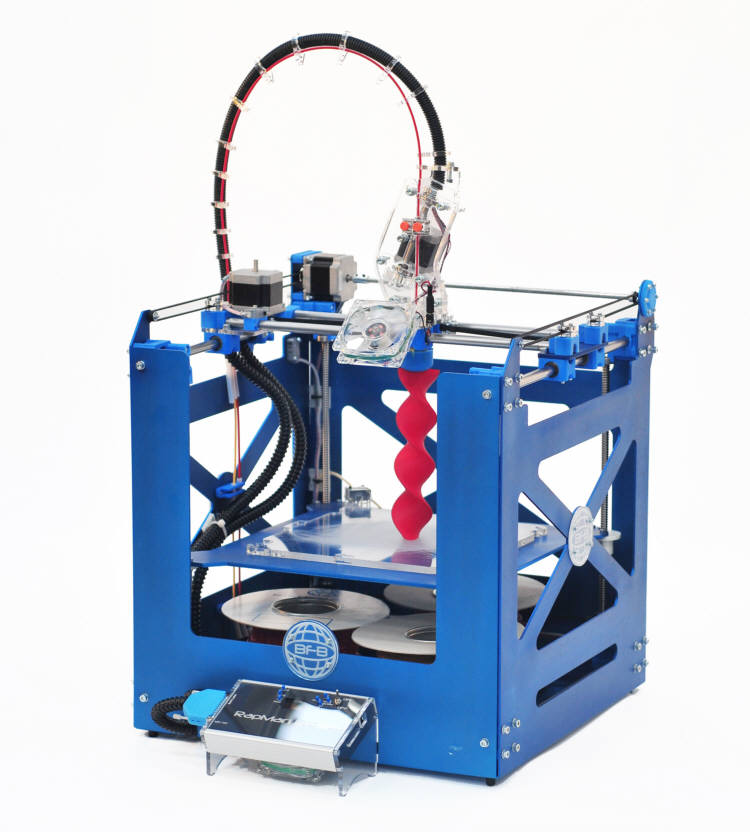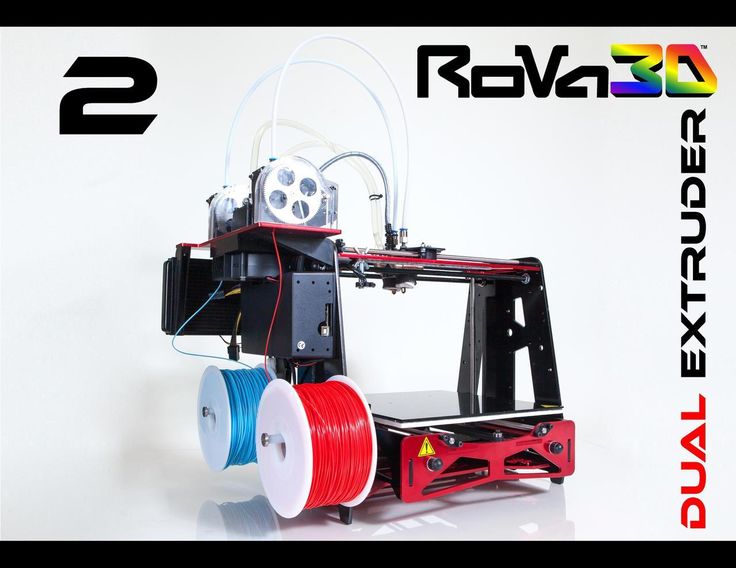3D printing and remote manufacturing
3D printing: discover the Remote Production
Posted By Capucine Lonjon on Mar 8, 2017 |
At Sculpteo, we are convinced that 3D printing is changing the face of manufacturing, engineering and design in many ways.
Today we tell you about how 3D printing enables Remote Production. What is remote production? How is it creating a new paradigm? How can it help your business? What are the challenges and questions that arise with it?
Read the previous episodes of our Benefits of 3D printing here!
Benefits of 3D Printing: Impossible Designs and Internal Channels
Benefits of 3D Printing: Mass Customization
Benefits of 3D Printing: Integrated Assembly
Benefits of 3D Printing: Tooling
3D printing was born in the 1980s, thanks to visionary pioneers. In less than a decade, the main 3D printing technologies were set: stereolithography (SLA), selective laser sintering (SLS) and Fused Deposition Modeling (FDM).
Since then, 3D printing has brought a deep and radical change in manufacturing. The biggest industries like aerospace were the early adopters of 3D printing, back in the 1990s. They were the first ones to see in 3D printing a revolution for manufacturing.
Machines are connected thanks to the Internet and allow remote production. Remote production implies that production no longer has to be centralized. Not only does it allow dematerialized supply chain but it also allows reduction of waste and the birth of what we call ‘virtual warehouses’. Remote production, since it radically changes the production paradigm, also brings out new challenges and questions, like the issue of file and data security.
I Remote Production: how a new age of manufacturing has arisen
It’s quite easy to see the impact of remote production in your business. If you have factories in China to produce plastic parts, you can now imagine have the parts directly locally produced.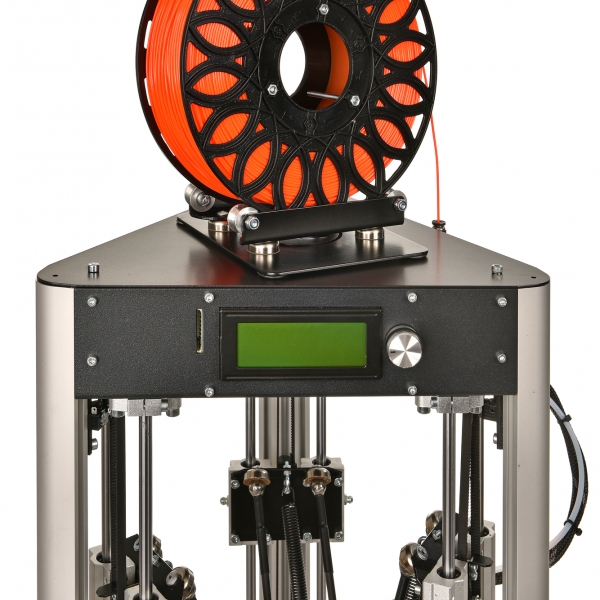
The impact on manufacturing is huge. Dematerialization of the supply chain has many consequences that will change the face of manufacturing.
1. Dematerialization of the supply chain
3D printers are connected to smart devices. At Sculpteo, we turned our standard SLS printers into connected machines thanks to a cloud service. With IoT, production has entered a connected or we can even say, an interconnected system, where data and files can transfer very easily from a part of the world to the other. Supply chain is taking on another form. Manufacturers have to take the reality of Digital Manufacturing into account in their manufacturing strategies.
It must be noted that changes to expect thanks to 3D printing in the supply chain concern the production of highly complex and customizable products and spare parts. In fact, according to Wohlers, ‘decentralization will occur only in cases where the products are fairly simple and don’t require a lot of assembly or finishing.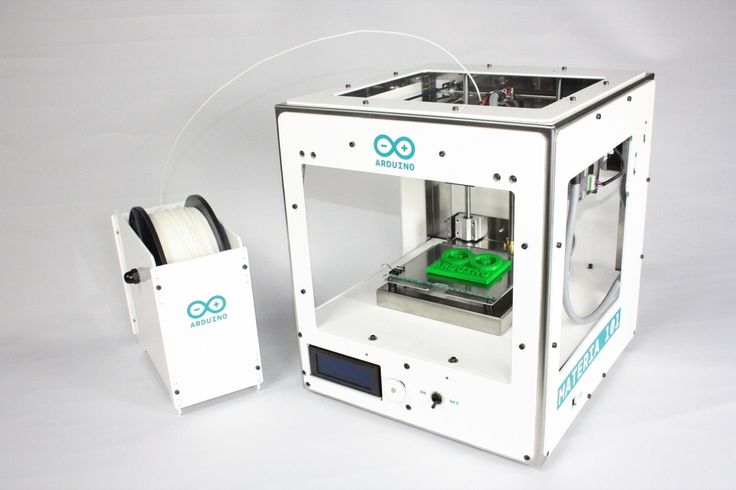 ’
’
With 3D printing, barriers to entry various sectors are falling. The need to invest into huge manufacturing infrastructures is less and less obvious. Smaller companies can aim for competing with bigger companies. New business models can create a real competitive advantage. There is a real need for big businesses to change their strategy before the industry changes around them and before them.
Dematerialization of the supply chain changes a lot the manufacturing processes. What does it change the face of manufacturing?
2. Top 6 changes due to remote production
We can see a manufacturing hybrid model is emerging. 3D printing is not fighting against traditional manufacturing. Traditional manufacturing is evolving to produce hands in hands with 3D printing. In a production process, some components will be centrally produced, and some other components added nearer to the customer. For example, the GE Aviation business announced they’ll produce its new LEAP fuel nozzle from both 3D-printed and conventionally manufactured parts.
Here are the main consequences of remote production brought by 3D printing:
-
Shipping raw material rather than assembled parts
Shipping raw materials to assembly plants is much easier and cheaper than shipping directly produced parts. What’s more, 3D printing raw material (if we consider powder) is more compact than more traditional materials. As it goes, fewer finished components will be shipped, since on-site 3D printing will be more efficient and less costly. This way, your business can be less dependent on energy prices and cargo transportation costs.
-
Reduction of manufacturing waste
In traditional manufacturing, there is a lot of waste. Thanks to additive manufacturing, and it’s even truer for metal additive manufacturing, industries will be more and more able to reduce their wastes. ‘Today we need 300 tons of material to build 32 tons of parts with 3D printing, we only need 30 tons of metal powder’ says Sander from Airbus.
-
Creation of ‘virtual warehouses’
Due to the ability to produce low-volume parts on demand and in small quantities, industries will be able to lessen warehouses and inventory requirements.
Warehoused parts will be replaced by ‘virtual inventories’ and design files. Files will be electronically shipped to a local manufacturing depot, an online 3D printing service (service bureau), or even to individual 3D printers.
-
No need for inventory
Remote production benefits include all the benefits of 3D printing. It is possible to produce small series, which leads to the opportunity to reduce and even eliminate inventory. What’s more, there is no need to inventory tooling equipments such as cast or molds. Everything can be printed on demand, in only a few days. It reduces costs and permits more flexibility in the production and delivery process.
-
A spare parts ‘industry’
According to the DHL (worldwide logistics supplier) report, ‘3D printing and the future of supply chains’, the spare parts sector is one of the first areas to be disrupted by the proliferation of 3D printing.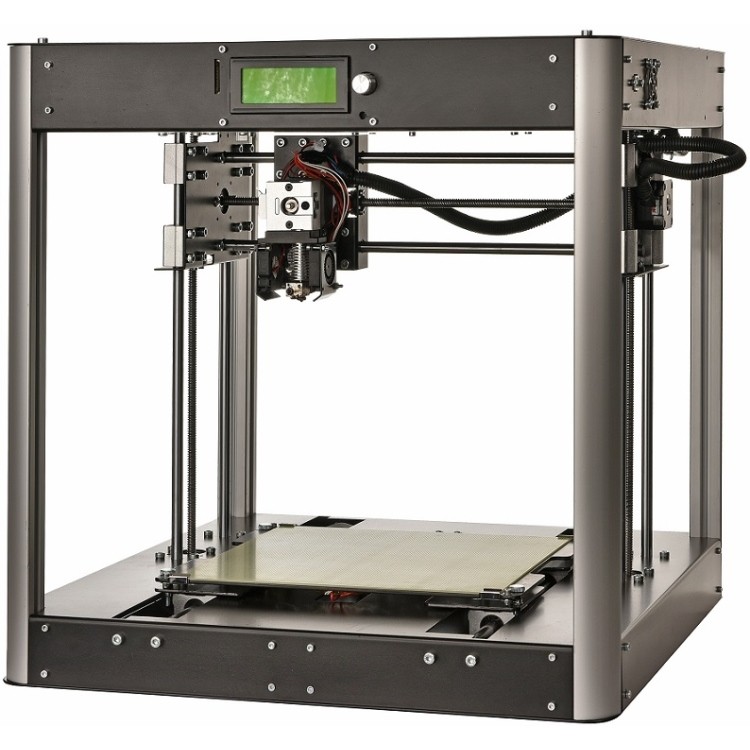 Their study reports that the actual excess inventories can sometimes exceed 20%, which is very expensive for companies. It is clear that it brings inefficiency to the supply chain and that 3D printing can help the system.
Their study reports that the actual excess inventories can sometimes exceed 20%, which is very expensive for companies. It is clear that it brings inefficiency to the supply chain and that 3D printing can help the system.
In traditional manufacturing, a minimum of reorder or reorder quantity is absolutely necessary. No need with 3D printing! Printing one single part is the same than printing a hundred!
See our blog post on ‘3D Printing Spare Parts Against Planned Obsolescence’.
-
Getting closer to the market
Remote production means ‘near-sourcing’ and local production. Facilities become closer to the market. It allows a more flexible and responsive manufacturing process, as well as greater quality control.
3. What are the different kinds of remote production?
To 3D print an object, the only things you need are a 3D printer and a 3D file. That’s quite easy! In their ‘3D printing and the future of supply chains’ report, DHL, the renowned logistics supplier, made very understandable drawings to explain how the supply chain is evolving with 3D printing.
Production can be remoted in the following cases:
1. Spare parts services
Source: 3D PRINTING AND THE FUTURE OF SUPPLY CHAINS – from DHL
Thanks to ‘virtual warehouses’, spare parts industry can develop.
For example, the company Kazzata has developed one of the first virtual warehouses.They established a CAD file repository for obsolete, slow moving and rare parts, easily available via 3D printing.
Mercedes Benz Trucks has launched a 3D printed spare parts service. They announced they allow their customers to 3D print more than 30 different spare parts for cargo trucks. It enables the customer to have their piece more quickly, thanks to the nearest 3D printing facility.
2. Postponements services
Production can be at the same time centralized and decentralized. Mass Customization is one of the benefits of 3D printing.
Source: 3D PRINTING AND THE FUTURE OF SUPPLY CHAINS – from DHL
3.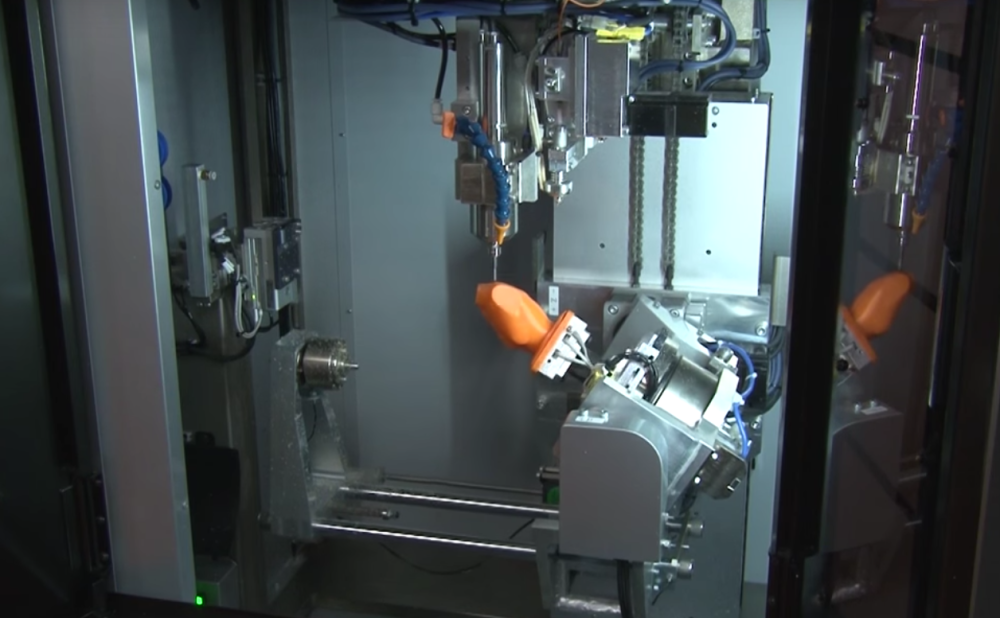 End-of-Runway-Services
End-of-Runway-Services
Aeronautics was one of the early adopters of 3D printing, back in the 1990s. Today, this sector is very advanced in implementing this technology! Companies such as Airbus are thinking of having 3D printers to remote production of spare parts directly in airports.
Source: 3D PRINTING AND THE FUTURE OF SUPPLY CHAINS – from DHL
4. Individualized direct parts
Jean Pletincks, MSF (doctor without border) director of logistics is missing a spare parts to repare of machine in a hospital of Kinshasa, in the Democratic Republic of Congo. In an interview to inverse.com, he says “The spare part that’s missing is a very simple,” One is a plastic spare part, and the second is just a piece of rubber, and the third is an electronic part. And if I have a 3D printer I would just print it on the spot.”
In fact, beyond all the advantages it can have strictly for manufacturing, 3D printing can save lives in remote locations!
Source: 3D PRINTING AND THE FUTURE OF SUPPLY CHAINS – from DHL
II Consequences & arising questions/challenges
We saw in the previous paragraphs that remote production is a real benefit for the future of manufacturing.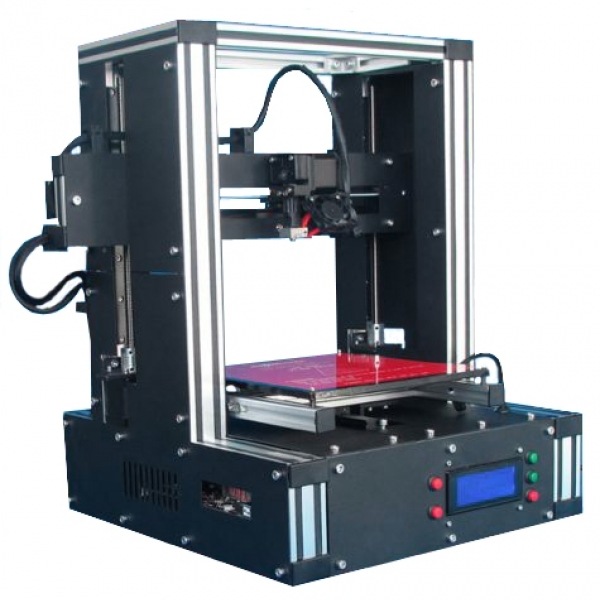 But, if you intend to introduce 3D printing and a dematerialized supply chain in your business model right away, there are some questions you need to address first. When talking about interconnected machines and the Internet, there is no doubt that data and cybersecurity have to be tackled. It is a real issue for the years to come, and some companies are not investing in remote production mainly because they don’t want to take a risk with sensitive data. What are the risks and how to counter them?
But, if you intend to introduce 3D printing and a dematerialized supply chain in your business model right away, there are some questions you need to address first. When talking about interconnected machines and the Internet, there is no doubt that data and cybersecurity have to be tackled. It is a real issue for the years to come, and some companies are not investing in remote production mainly because they don’t want to take a risk with sensitive data. What are the risks and how to counter them?
Cybersecurity: what risks should you take into account?
Data privacy and intellectual property
Protecting the content of your 3D file against leaks, counterfeiting and illegal reproductions is essential, and new solutions need to be and are being developed specifically to protect 3D files.
Cyber sabotage, hacking attacks
Although open source creations have proved Internet can be a place for collaboration, hackers are still in the field.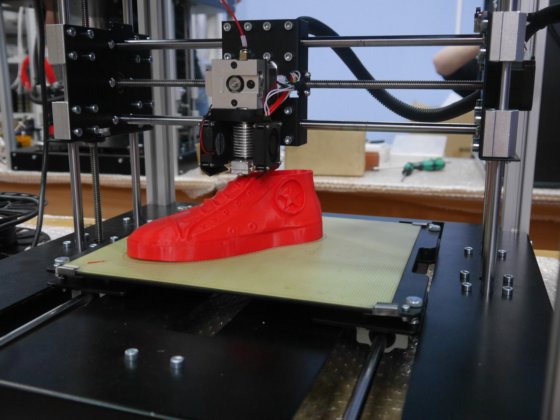 New cybersecurity methods and tools are needed to protect from these new attacks.
New cybersecurity methods and tools are needed to protect from these new attacks.
A cybersecurity and material engineers team at NYU Tandon School of Engineering has held a study to analyze which cyberattacks could untrusted parties imagine for 3D printing processes. They analyzed two situations:
Printing orientation can be altered
Changing of orientation of the file in a 3D printer can alter the strength of the final part by 25%. Orientation is fixed during the production run, which can makes it easy for a hacker with bad intentions to change orientation and alter the final object.
Insertion of fine defects
Through their experience, the NYU Tandon School engineers found that the defects were undetectable by common industrial monitoring techniques, such as ultrasonic imaging. Because of small defects a bad intentioned hacker could occur, objects can alter over time. For metal 3D printing, it can be even worth and the defects can cause a crack in the part.
Techniques to protect your files and dematerialized production: encryption and manufacturing monitoring
The security of a 3D file has two dimensions. The possibility to ‘lock’ the file via encryption and the guarantee that a 3D file is well-manufactured.
Encryption of a 3D file
Encrypting a file is the equivalent of creating a DRM system (Digital Rights Management). An encrypted file contains the dimensional information of the object with copyright constraints to avoid counterfeiting.
Encryption streams the file; it is assembled again when decrypting, which means the information is only delivered after decryption. In an online 3D printing service, only the entitled staff can access the data of the file.
In an ideal system, decryption would happen at the 3D printer. It can be possible for files that have an already-proven design, and where high-security is needed. The Military is thinking of such applications.
Manufacturing monitoring
To bind quality standards, especially for small series, manufacturing monitoring is absolutely essential. Some 3D printer manufacturers such as EOS are providing tools to make sure the part was correctly manufactured (orientation, layer thickness…).
One could also imagine creating a quality control stamp, given digitally to an object, that would guarantee where and how the object was designed and produced. This digital stamp would be similar to actual stamp provided in traditional manufacturing.
File and processes protection for 3D printing will become a key sector
Companies like 3Dtrust and Authentise are looking into solutions to protect 3D files and dematerialized production lines efficiently, and guarantee to businesses that invest into remote production that they can trust, track and understand the process. One can imagine that such solutions will become more and more crucial and demanded in the future.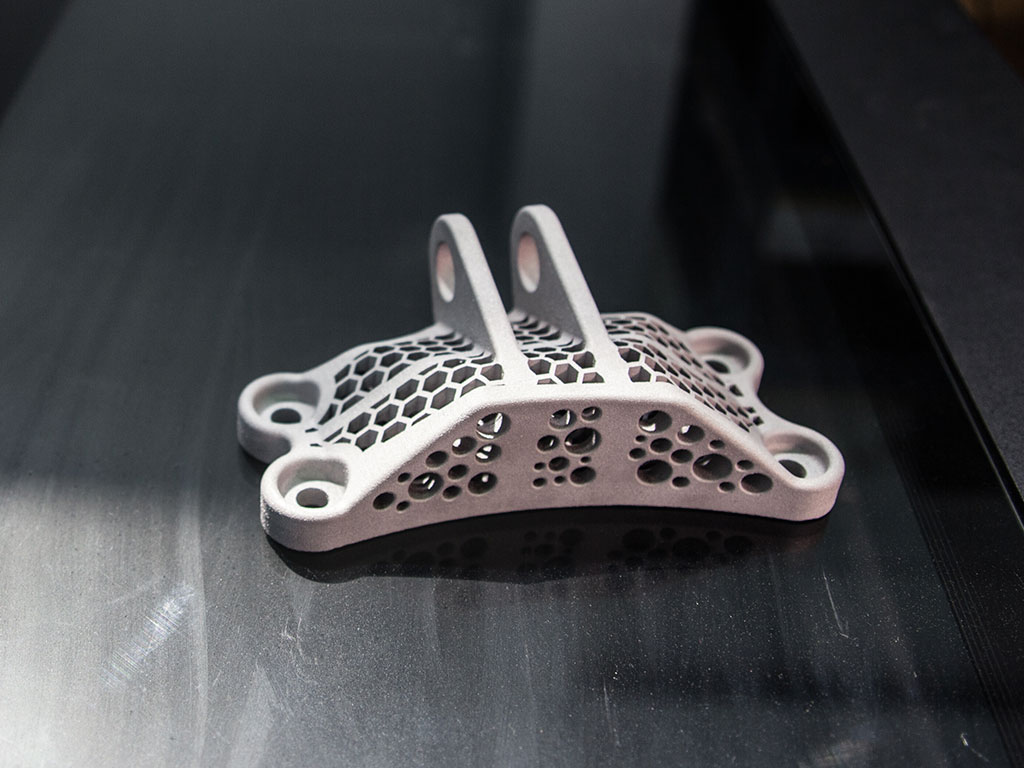 In the mid time, online 3D printing services can protect your file and master the use of the machines for you!
In the mid time, online 3D printing services can protect your file and master the use of the machines for you!
3D Printing Drives Growth In On-Demand Manufacturing
Fast Radius' manufacturing facility in Chicago houses a fleet of Carbon 3D printers.
Fast RadiusDespite the pandemic, inflation, the labor and chip shortages – and everything else hampering global supply chains – optimism about one manufacturing solution is so strong it propelled three companies public in 2021: Fathom, Shapeways, and Xometry. A fourth, Fast Radius, is set to debut on Wall Street in February.
This new breed of on-demand digital manufacturing company is highly invested in software and digitally driven manufacturing technologies, such as industrial 3D printing. They not only promise faster and more efficient part manufacturing locally, but digital solutions that enable cost-saving product innovations and accelerated time to market for nearly any type of product.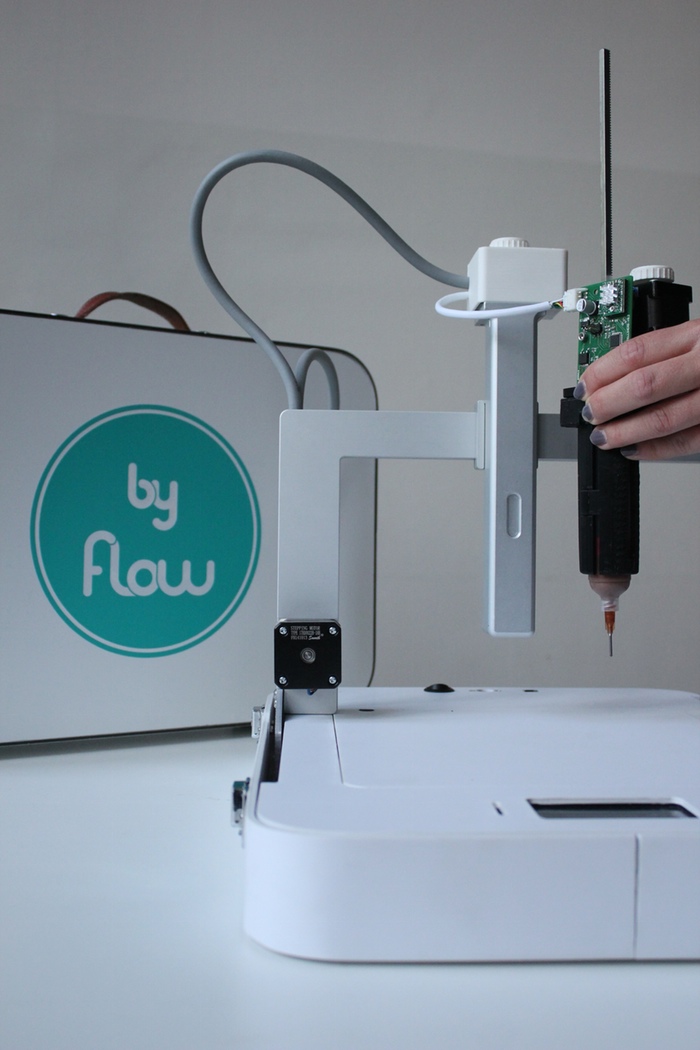
“There is a growing awareness about how the infrastructure to design, make, and move things today does not meet the needs of this time – it’s rigid, wasteful, outdated, and it’s also not sustainable,” says Lou Rassey, co-founder and CEO of Fast Radius headquartered in Chicago.
The company’s newest microfactory on Chicago’s Goose Island features industrial 3D printers from Carbon and HP along side digitally integrated CNC machines, as part of Fast Radius’ Cloud Manufacturing Platform. The microfactory will produce component parts for companies across industries including electric vehicles, medical and healthcare devices, and consumer goods. The World Economic Forum named Fast Radius one of nine best factories in the world implementing “technologies of the Fourth Industrial Revolution” or Industry 4.0.
3D printers at the Fathom Digital Manufacturing headquarters in Heartland, Wis.
Fathom Digital ManufacturingMORE FROMFORBES ADVISOR
Digitally Integrated Manufacturing
Companies in this sector are often lumped together under the on-demand digital manufacturing umbrella, when in fact, they offer a range of approaches to 3D printing, Industry 4.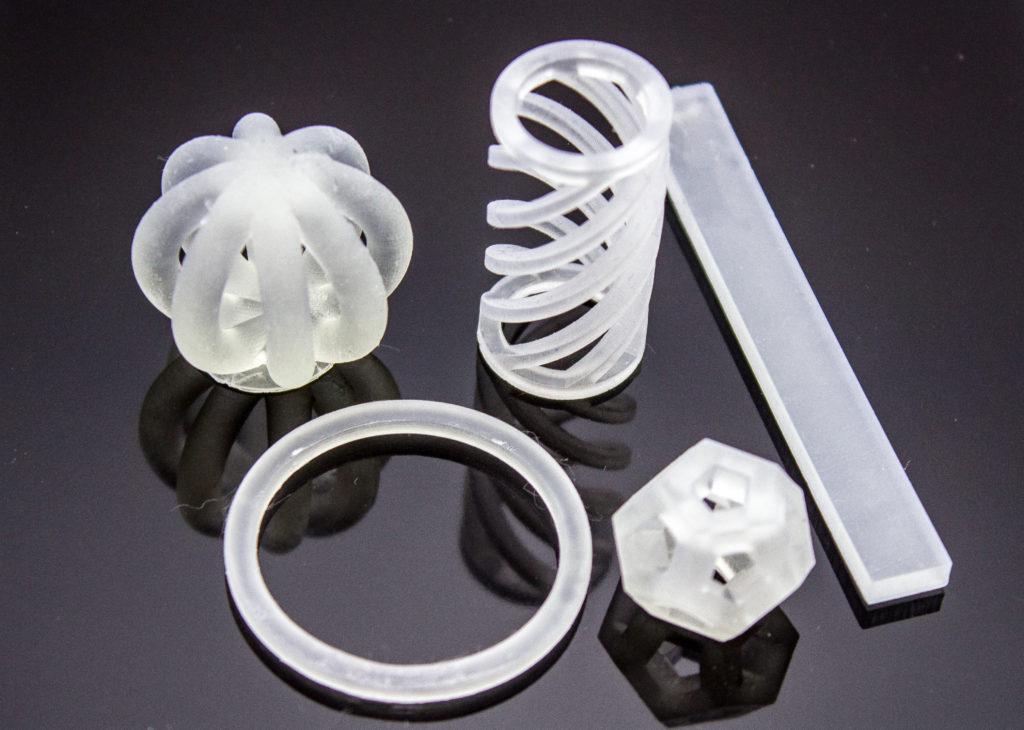 0, and modernizing the manufacturing supply chain.
0, and modernizing the manufacturing supply chain.
On one end of the spectrum, companies such as Shapeways and Sculpteo (owned by chemical giant BASF) offer an easy upload-and-print online platform. This on-demand 3D printing model focuses on ease of use; anyone can upload digital part files, click to choose materials, and receive parts and prototypes in hours or days. This modern, consumer-like experience aims to bring manufacturing to the masses by facilitating 3D prints of everything from product prototypes to architectural models.
Other companies, such as Materialise, which went public in 2014, have a wide customer base for their software solutions that help companies 3D print their own digital files in-house and run their own fleet of 3D printers. The software is also used by other on-demand 3D printing services to track and print customer orders. Materialise’s on-demand manufacturing at one of Europe’s largest 3D printing facilities features six 3D printing technologies.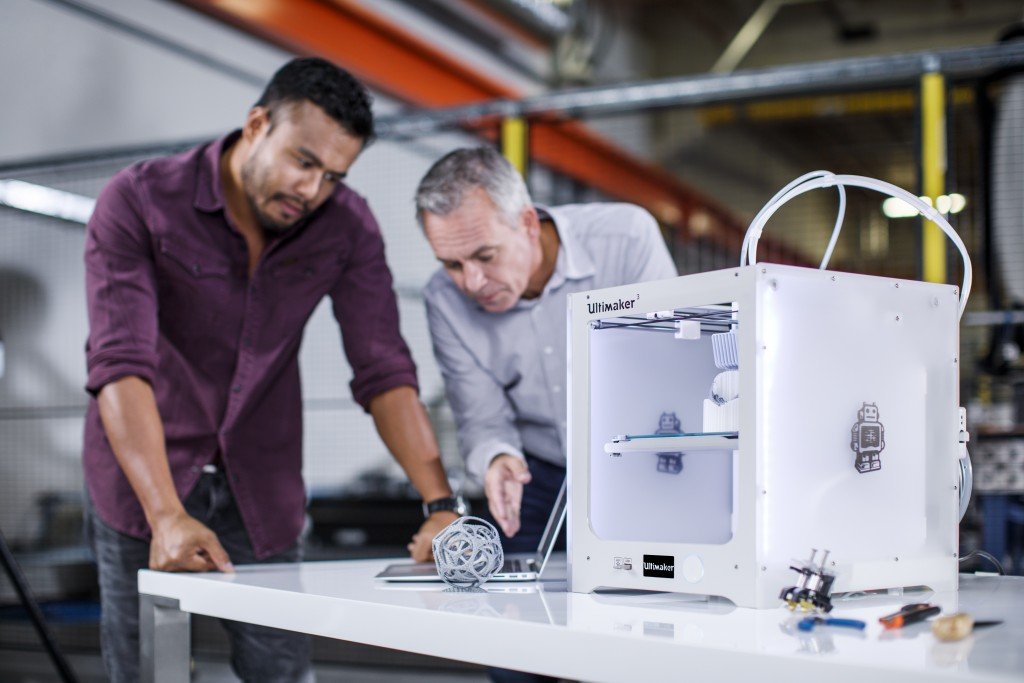
Fathom began as a small- to mid-volume contract manufacturer that embraced new methods, including 3D printing, early on. They still offer traditional manufacturing, but it is integrated into an end-to-end digital production process.
“The big differentiations for us and our platform is that we have decades of experience and deep entrenched customer relationships,” says Ryan Martin, CEO of Fathom. “We focus on providing large enterprise customers with a unique solution to their manufacturing challenges.”
Fast Radius is a marriage of software-driven services, engineering expertise, and factory floors of state-of-the-art hardware. They are one of the only on-demand manufacturers to own and operate all their own production facilities, which enables them to integrate their software solutions and automate production.
The company’s software can suggest improvements to a digital file, guide customers through their material and technology options, and provide transparency into the production process.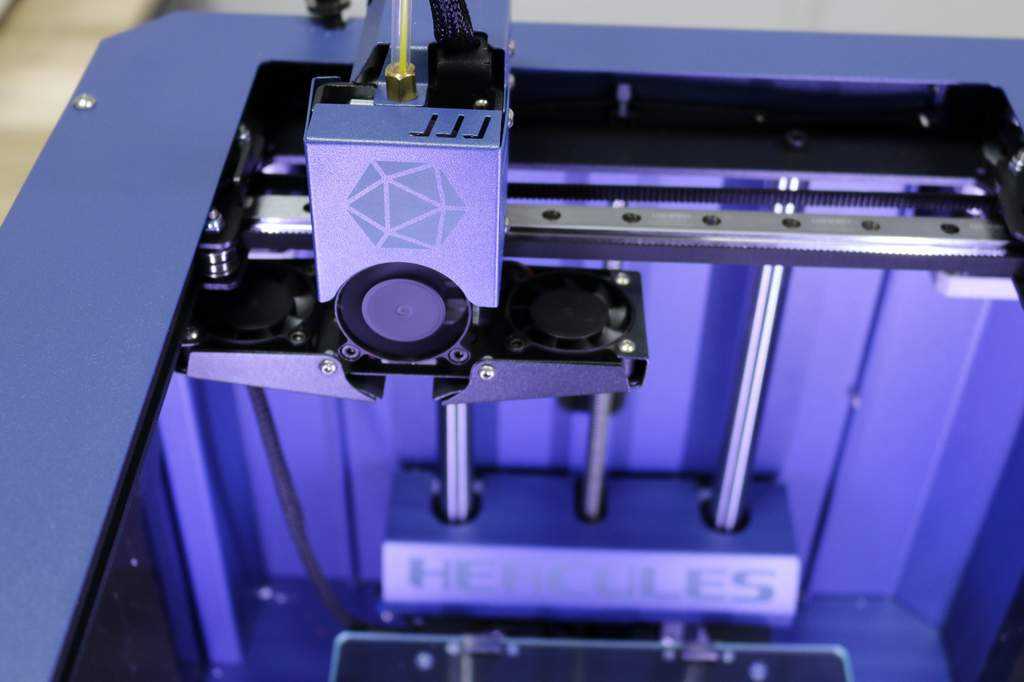 But on-demand manufacturing is just one Fast Radius solution, says Rassey. “We offer custom microfactories built specifically for unique customer needs, near where the customer needs parts so that they can build flexible supply chains.” Customers such as Satair (a subsidiary of Airbus) use the Fast Radius Virtual Warehouse to store their parts digitally, ready to manufacture at a moment’s notice, freeing up physical warehouse space and eliminating overstock.
But on-demand manufacturing is just one Fast Radius solution, says Rassey. “We offer custom microfactories built specifically for unique customer needs, near where the customer needs parts so that they can build flexible supply chains.” Customers such as Satair (a subsidiary of Airbus) use the Fast Radius Virtual Warehouse to store their parts digitally, ready to manufacture at a moment’s notice, freeing up physical warehouse space and eliminating overstock.
EOS 3D printers at the Materialise factory in Belgium.
MaterialiseThe growing number of on-demand digital manufacturers has made selecting one a challenge for many companies. Xometry and another start-up, Craftcloud, offer online portals that are marketplaces of these manufacturers. Customers upload their digital file and manufacturing partners around the world bid on the project.
“Often, customers are looking for the fastest solution or the most economical solution for their 3D printing project,” says Mathias Plica, CEO of Craftcloud.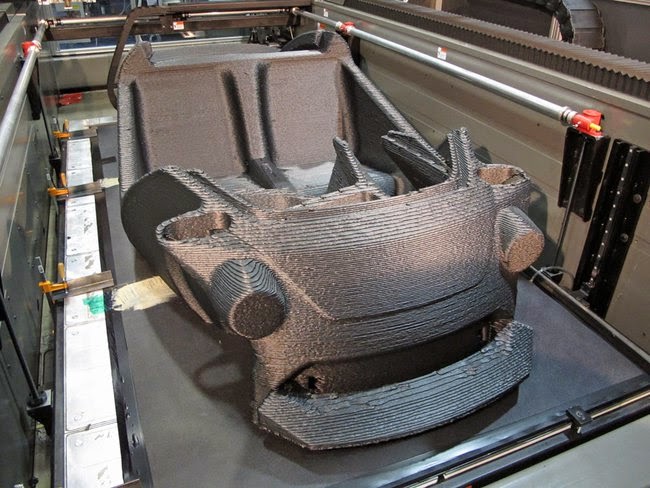 “We match them with partners locally that have the expertise to deliver in the materials and quality they need.”
“We match them with partners locally that have the expertise to deliver in the materials and quality they need.”
Regardless of business model, what all these companies have in common is the application of smart manufacturing technology to enable a highly automated manufacturing process from concept to fulfillment. This involves cloud computing, AI, IoT, machine learning, big data, digital simulation, and, of course, 3D printing (also called additive manufacturing).
Design and engineering staff at Fast Radius help companies understand applications of 3D printing.
Fast RadiusEvangelists of Additive Manufacturing
Although Fathom, based in Heartland, Wis., has 90 industrial-grade 3D printers for plastic and metal parts, and nearly 450,000 square feet of manufacturing capacity across 12 U.S. facilities, its most powerful offering may be its staff.
“Companies come to us to understand how to use additive manufacturing,” says Martin. “In some cases we introduced companies to additive manufacturing, which is a huge growth area for us. One of our automotive customers reached out to us last week for our engineering expertise to figure out how they can develop more applications for it beyond prototyping.”
One of our automotive customers reached out to us last week for our engineering expertise to figure out how they can develop more applications for it beyond prototyping.”
The message from on-demand digital manufacturers is that customers don't need to know much about 3D printing to benefit from the flexibility, speed, and cost savings it can offer. Nor do they need to invest in 3D printers with six-figure price tags or hire experienced engineers to get parts, prototypes, and tools that are lighter, stronger, and cheaper than those made by traditional manufacturing methods.
Large enterprises may opt for on-demand 3D printing because it offers a wider range of materials and technologies than would be practical to have at an onsite facility. Fathom counts among its clients, Tesla, 3M, Google, and Amazon. Shapeways says it works with Target and prosthetic manufacturer Fillauer, and Xometry boasts engineers at Bosch, NASA, and BMW among its customers.
Fast Radius offers a service it calls Additive Launch to help customers tap into the latest 3D printing technologies and design tools to accelerate product development.
“We've worked with companies like Rawlings, Steelcase, and Aptiv to bring new products to market that are only possible with additive manufacturing,” says Rassey. The new REV1X Rawlings baseball glove features internal 3D printed padding in the thumb and pinky that significantly reduces the glove’s weight without sacrificing protection or durability, according to Rawlings.
Volvo recently turned to Materialise to streamline production of lighter-weight manufacturing tools and fixtures for its factories. At Bell Helicopter Textron, engineers turned to the on-demand manufacturing wing of 3D printer maker Stratasys, called Stratasys Direct, to 3D print flight-certified components that cut weight by 13% and manufacturing lead time by 75%, the company says.
Beyond expertise in 3D printing, another tailwind driving growth for these on-demand manufacturers is advancements in additive manufacturing software and the 3D printers themselves. These, and other smart manufacturing technologies today, are more mature, reliable, and affordable, says Rassey. This makes it possible for companies like Fast Radius and others to establish profitable business models around these tools.
This makes it possible for companies like Fast Radius and others to establish profitable business models around these tools.
“With Industry 4.0 taking off, we're on the cusp of a significant growth opportunity," says Martin. "Product lifecycles are so much shorter than they were even five years ago, and companies need an on-demand advanced manufacturing partner who can move quickly and serve all their requirements without sacrificing quality.”
If the growing number of service providers is any proof, more companies appear to be waking up to idea of agile digital manufacturing platforms and the benefits of transitioning their production from traditional to digital manufacturing through a trusted on-demand service provider.
3D Small Batch Printing, Batch Printing 3D Printing Batch Printing
It goes without saying that 3D printing is a very efficient and precise way of making objects. Even an entry-level 3D printer (Fusion Deposition Printer) is a great and affordable design and prototyping tool that you can easily use in the privacy of your own home, so it's no surprise that these printers are growing in popularity every year.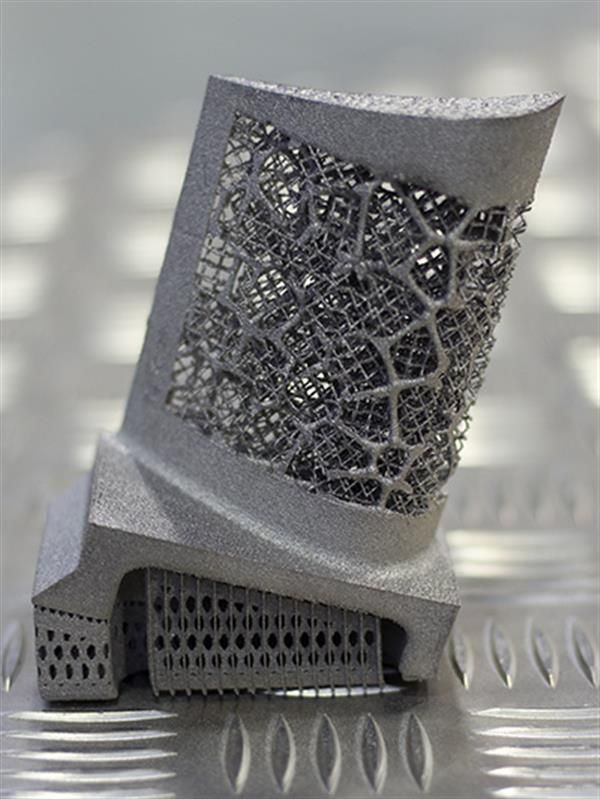
However, 3D printing technology is still hardly used for the production of hot goods. Of course, some organizations are already showing a small production initiative (check out Shapeways, for example), and several large companies have moved to operate Stratasys industrial-grade 3D printers. However, the vast majority of plastic products are still made using the (age-old) injection molding methods that have become the gold standard for mass-produced plastic parts almost from the beginning of their introduction (since 1872).
Why? Most experts will answer that 3D printing technology is too expensive to compete properly with more established production methods. But is it really so? Recently, an official report was published claiming that 3D printers are theoretically capable of outperforming injection molding methods by a small margin.
Of course, this does not mean at all that your own desktop 3D printer is capable of competing with the mainstream industrial companies, as these promising results are only achieved under very specific conditions.
Volume is the key factor. To achieve the desired results, 3D printing farms are used: “production sites” consisting of numerous affordable and inexpensive 3D printers working in synchronous mode to produce plastic products in large volumes (up to 10,000 objects). Through efficient setup, smooth operation, and other specific conditions, these printers have proven to be able to outperform injection molding methods in terms of complexity, speed, and cost.
Thus, it is not without excitement to assume that this approach can lead to a new era in the production of plastic products. Just don't misunderstand this saying: there are still a lot of rough spots in 3D printing that need to be ironed out, but it can be noted that a new era of volumetric manufacturing is dawning, when products are customized to the desire of the user and customer.
This 3D printing truss has proven to be suitable for optimizing production performance for batch sizes up to 1000 units, a range traditionally considered problematic for industrial production. One of the basic laws in manufacturing is that the larger the batch, the lower the cost per unit, and this is especially true for plastic objects. Injection molding techniques require expensive investments, and iteration and innovation costs can become unacceptably high for small batches.
One of the basic laws in manufacturing is that the larger the batch, the lower the cost per unit, and this is especially true for plastic objects. Injection molding techniques require expensive investments, and iteration and innovation costs can become unacceptably high for small batches.
This is where the new 3D printing trusses come in handy. Not only are they able to produce objects at a fairly high speed (10-20 times faster), the investment in production is also significantly lower: you can buy about twenty 3D printers for the price of one injection molding system. This allows manufacturers not only to achieve higher rates of production growth and more efficient use of labor resources, but also provides more opportunities for innovation and improves resistance to bankruptcy.
The test was carried out on desktop 3D printers, which were theoretically originally developed for small production runs. The promise of 3D printing farms is based on the use of networking and wi-fi capabilities, high production volume and cost-effective modular design: when these aspects are combined together, they are a powerful combination.
All this is very interesting and promising, but, as the survey data show, at present the differences are minimal. The graphs below represent data that comes from a study of three different types of 3D printers, one external 3D printing service, and one type of injection molding production system. It is assumed that the machines have already been purchased (which is reflected in the price of each lot). The calculations are based on a sample of three different batches.
As shown in the graphs, the desktop printer (blue) can, under special conditions, outperform the injection molding system in all respects. Although the advantage is noticeable only in the lower range of production volumes, but, as expected, the differences, unfortunately, become minimal as batch sizes approach the 10,000th mark.
It's no surprise that 3D printing outperforms injection molding at volumes below 100 pieces. All classes of layering production are significantly more profitable in this range (when calculating the cost of one product) than injection molding methods. However, the much higher capital costs of such industrial-grade systems mean that they are no longer competitive (price) at 100 to 200 unit batches.
However, the much higher capital costs of such industrial-grade systems mean that they are no longer competitive (price) at 100 to 200 unit batches.
However, it is worth paying attention to the differences between the trends: blue - desktop 3D printer in special conditions and red - in normal conditions. After increasing production to 800 units, 3D printing is no longer able to compete under normal conditions. Only when twenty printers are running under the supervision of a single operator, during "unmanned" operation, can 3D printing theoretically continue to compete with traditional manufacturing methods. However, when the volume of production exceeds 10,000 units, even this advantage disappears (at the same time, it can be rightly expected that the largest industrial companies overcome this number with ease).
Even when operating under optimal conditions, 3D printing on a large production scale is clearly not able to unseat injection molding techniques. But, nevertheless, the results are very impressive: they are much better than what was predicted by the majority.
And they become even more impressive when you take into account other advantages of 3D printing technology. Not only is it faster manufacturing speed, 3D printing with multiple printers increases customization and modification options. In injection molding, these aspects increase the cost of production dramatically. And, of course, 3D printing allows you to obtain products with a level of geometric accuracy that is very difficult to achieve using traditional production methods.
Finally, 3D printing technology is constantly improving: new innovations, optimization opportunities are offered monthly. In the coming years, this should give 3D printing technology additional benefits. This means that FDM printers are still too early to write off.
So back to the original question: does 3D printing technology constitute a viable and affordable alternative to injection molding methods? The answer, as suggested by this study, is almost yes. While traditional fabrication methods are still the best option for mass production, fused deposition 3D printers are quite capable of competing or even surpassing them in small batches (1000 objects).
What is 3D printing like in 2021
3D printing technology has changed the manufacturing process of everything that surrounds us. From children's toys and clothes to prostheses, implants, etc.
The 3D printing process is also known as additive manufacturing. In simple terms, a computer program tells the printer where to lay thin layers of material that gradually turn into a solid object.
Types and processes of 3D printing technologies
The first mention of 3D printing technology appeared in the late 1980s. They were called rapid prototyping technologies. The name refers to a process that was conceived as a faster and more cost-effective method of prototyping in product development. The very first patent application for this technology was filed by Dr. Hideo Kodama in May 1980. But, unfortunately for the inventor, the full patent specification was not submitted until one year after the application was filed.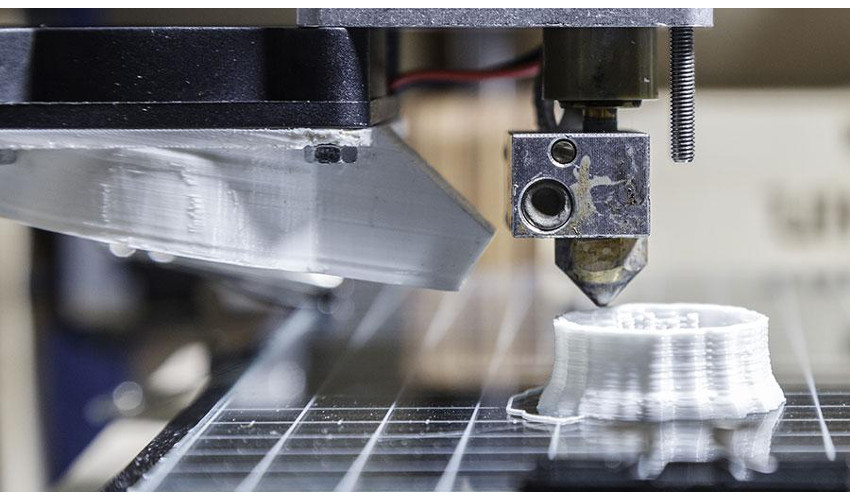 Kodama used ultraviolet light to cure plastic and create an AM object.
Kodama used ultraviolet light to cure plastic and create an AM object.
Years later, the American Scott Crumb developed the most common type of 3D printing today - FDM (Fused deposition modeling). This technology stands for deposition modeling. This type is characterized by the fact that the thermoplastic material is heated to a liquid state and extruded through the nozzle layer by layer.
Charles Hull, co-founder of 3D Systems, was one of the inventors of the 3D printing technology known as stereolithography. The technology is based on photochemical processes.
But Kodama, Crump, and Hull weren't the only ones to develop 3D printing techniques.
WINBO 3D printer at Art-Up Design Studio
Here are some other types of 3D printing that are in use today:
- FDM (Fused Deposition Modeling) is by far the most common method of producing thermoplastic parts and prototypes today. Based on the melting of the filament in the nozzle with its subsequent laying in layers.
 It is also the most economical way of 3D printing due to the availability of a wide range of thermoplastic materials with different technical characteristics, which allow generating both functional parts of mechanism prototypes and volumetric cases, as well as any free spatial decorative forms.
It is also the most economical way of 3D printing due to the availability of a wide range of thermoplastic materials with different technical characteristics, which allow generating both functional parts of mechanism prototypes and volumetric cases, as well as any free spatial decorative forms. - SLA (Stereo Lithography Apparatus) is based on the layer-by-layer curing of a liquid photopolymer material under the influence of UV study. Can print objects in multiple colors and materials with different physical properties, including rubber-like parts. The high printing accuracy of this method makes it more expensive and not optimal for simple plastic structures.
- DLP (Digital Light Processing) cures polymers using a light projector rather than an ultraviolet laser. This allows you to create a whole layer in one exposure, thus increasing the speed of production.
Metals too have their own 3D printing techniques. The type of technology is selected depending on the features of the object.
- SLS (Selective Laser Sintering) is based on layer-by-layer sintering of polymer powder particles using laser radiation. The nylon powder melts into a strong, hard plastic. Due to the peculiarity of the technology, the surface of the part is not ideal, but very functional for use in prototypes with hinges and latches.
- SLM (Selective Laser Melting) is based on layer-by-layer sintering of metal powder under the action of a laser beam. Used in the manufacture of decorative items. Therefore, it is useful for applications in medicine and lightweight structures. Often this method is used in conjunction with traditional metal casting technology to create prototypes or final products.
- EBM (Electron Beam Melting) is based on layer-by-layer melting using an electron beam. The printing uses electromagnetic coils to superheat the metal powder in a vacuum.
How 3D printing works
3D printing is the process of layering one on top of another.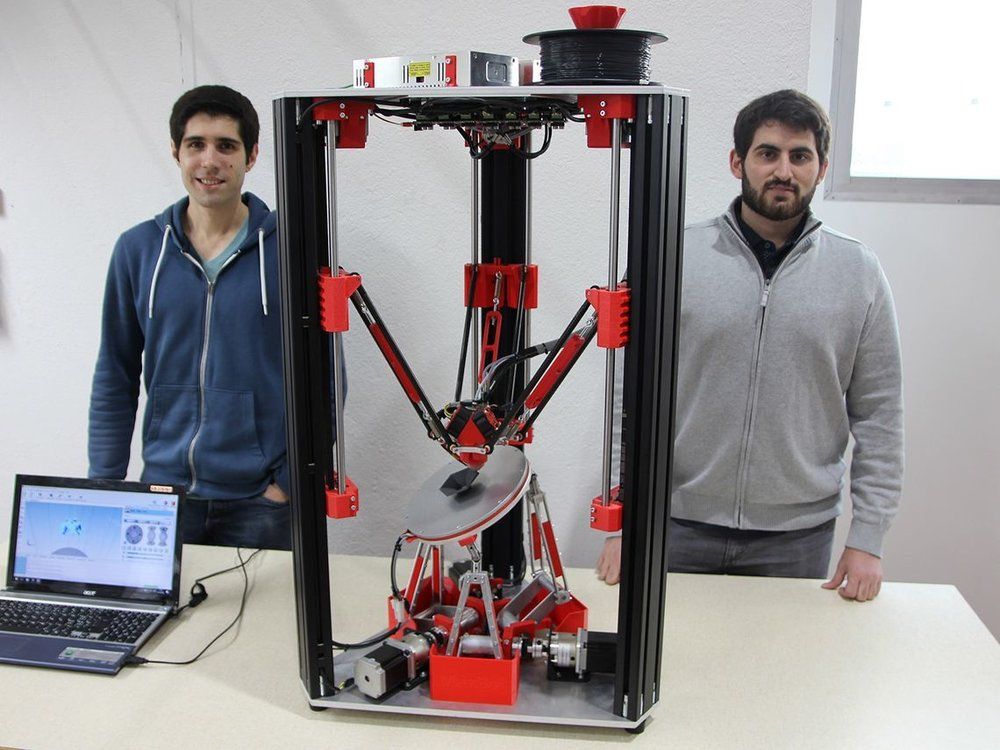 Every 3D printed object starts life as a 3D model in a computer program.
Every 3D printed object starts life as a 3D model in a computer program.
You can create your own design in programs such as Maya, Blender, ZBrush, CATIA, Solidworks. In addition, ready-made 3D models of parts can be downloaded from sites such as Thingiverse or CGTrader.
When you have a 3D model obtained in one way or another, you “run” it through the “slicer” program (from the English word “to slice”), which converts the original 3D model in STL format into print layers. The information received is eventually converted into a special data format called G-code for further printing on a 3D printer.
Such programs usually come with the 3D printer, or they can be freely downloaded, such as the Cura program. What these softwares have in common is that they create thousands of lines of code for layers. This code tells the printer how to print.
Next, you need to set up your 3D printer, select the print quality and the correct settings for the material. To start printing, you load your "sliced" part into the printer via a USB stick, SD card, or send directly from your computer. And the printer starts a slow additive layering process.
And the printer starts a slow additive layering process.
Photo of Christian Reil from Pixabay
Materials used in 3D printing
The materials available for 3D printing have come a long way. Currently, there is a wide range of materials that differ both in properties, types, and in the states supplied (powder, threads, granules, resins, etc.).
Some materials are developed for specific applications to perform special tasks. For example, the medical sector, where special photopolymer resins (SLA 3D printing technology) are used, the properties of which make it possible to print implants, casts, and so on.
Some of the most commonly used materials:
- Plastics. Sintering (SLS) typically uses polyamides or nylon supplied in powder form. It is a strong, flexible and durable material. It is white in color, so it needs to be tinted before or after printing. The most common 3D printing technology today is FDM, which uses ABS or PLA plastic filaments.
 These plastics are available in a wide range of colors. Compared to PLA, ABS plastic has higher strength characteristics. But PLA is biodegradable, so it's as widespread as ABS.
These plastics are available in a wide range of colors. Compared to PLA, ABS plastic has higher strength characteristics. But PLA is biodegradable, so it's as widespread as ABS. - Metals. More and more metals and metal composites are finding their way into industrial 3D printing. The most common of them are derivatives of aluminum and cobalt. Due to its strength characteristics, stainless steel is often used in powder form in 3D printing technologies such as sintering, melting, EBM. In the last couple of years, silver and gold have been added to the list of metals suitable for printing. This made it possible to significantly expand the possibilities of jewelry production.
- Ceramics. A relatively new group of materials used in 3D printing. The peculiarity of printing with these materials is that the printed ceramic parts must go through the same processes as ceramic products made by traditional methods - firing and glazing.
- Biomaterials. Currently, a large number of studies are being conducted aimed at exploring the possibility of 3D printing from biomaterials for the needs of medicine.
 This includes the printing of human organs for transplantation, external tissues for replacement of body parts. To do this, leading institutions research living tissues.
This includes the printing of human organs for transplantation, external tissues for replacement of body parts. To do this, leading institutions research living tissues. - Food. Over the past few years, there has been an increase in experimentation with food 3D printing extruders. Chocolate printing is the most widely used. There are 3D printers that use sugar, pasta, meat, dough.
Photo of mebner1 from Pixabay
What 3D printing is used for
If you can think of an item, then most likely you can print it. Children's toys, jewelry, phone cases and much more are already being printed by enthusiasts on 3D printers. Some use 3D printing for fun. Fun projects already exist: a printed guitar, a loom, and an intricate sculpture created from a combination of laser-fused glass and nylon. 3D printing has already moved beyond its origins in plastic printing and has moved into the use of metal, rubber, wood, synthetic fabrics, and ceramic resins. Functional 3D-printed human organs have not yet been created, but scientists say that this is a matter of the near future.
Functional 3D-printed human organs have not yet been created, but scientists say that this is a matter of the near future.
Because additive manufacturing of complex objects is faster and cheaper than traditional molding and casting methods, it has found its way into industry and the arts. The possibilities of this technology are almost limitless, but 3D printers are not perfect machines. In addition to all the advantages, there are also reasons for concern.
Ethical issues in 3D printers
3D printers consume a lot of energy and emit ultra-light plastic particles into the air, which are then inhaled by humans. These harmful emissions can be compared to a cigarette lit indoors.
While humanity is trying to reduce the use and consumption of plastic, 3D printers are another technology heavily dependent on it. This presents a problem for all ecosystems, in particular for the already suffering oceans with their floating islands of plastic.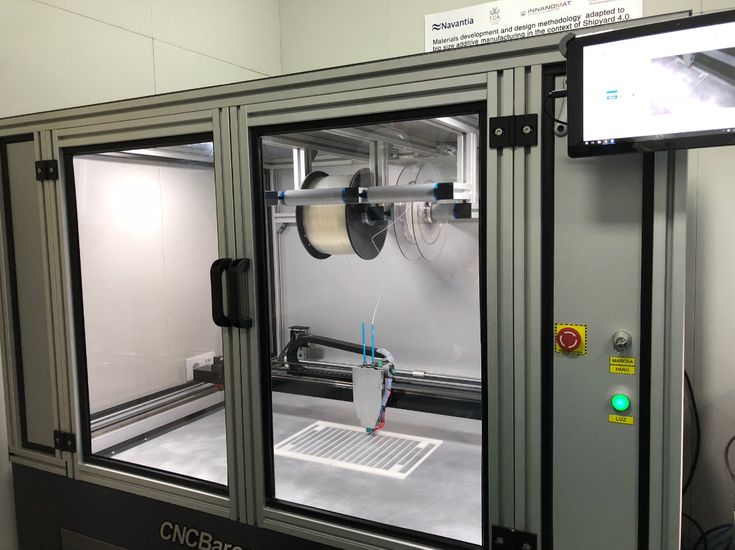
A few years ago, the news of the first 3D printed firearm caused a media frenzy. The creation of untraceable weapons by a private individual remains a modern security problem.
From a legal point of view, there is no clear answer to the question of who is responsible in the event of harm to health caused by a printed object. Indeed, in most cases, the developer of a 3D model, the manufacturer of a 3D printer, and the one who printed it are different people or organizations. Determining liability for potential injury and death is a new challenge.
At the same time, the use of 3D printing technology in the medical field to print tissue raises a number of ethical and moral questions. These issues are similar to the talk of stem cell research and gene editing that has been going on for decades.
On the other hand, we have a powerful tool in our hands that is changing the way we create and produce things. We still don't fully understand what this means for our future.
Potential effect on the global economy
If 3D printing continues to develop at the same pace as it is now, then its use could potentially affect the global economy. The transition of production and distribution from the current model to localized custom manufacturing can reduce the imbalance between exporting and importing countries.
3D printing is creating new industries and new professions. Professions related to the production of 3D printers or, for example, a vacancy for a rapid prototyping technician at the Cartier jewelry house. New professional services are emerging, such as supply of materials, printer operator, legal services in dispute resolution and intellectual property issues. With the development of 3D printing technology, the issue of "piracy" becomes an urgent problem.
The impact of 3D printing on developing countries is a double-edged sword. The positive effect for such countries is the reduction in the cost of production through the use of recycled and other local materials.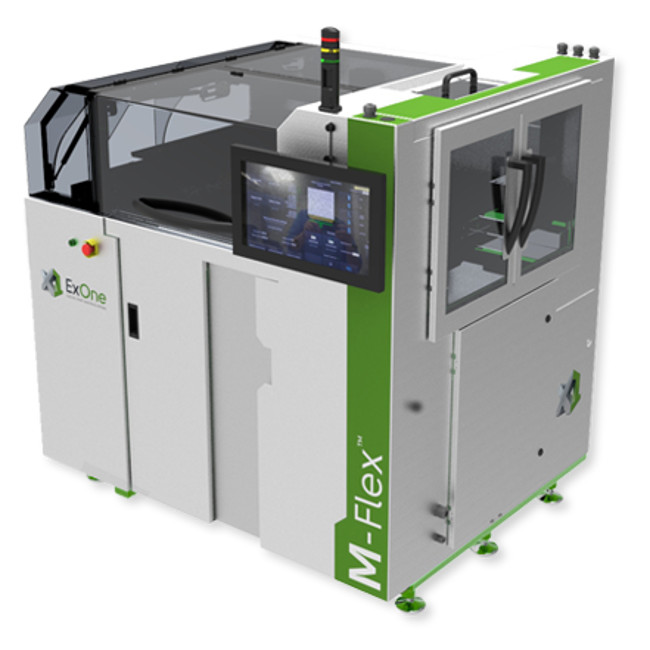 But the loss of manufacturing jobs could hit these economies hard, and it will take time to find a balance.
But the loss of manufacturing jobs could hit these economies hard, and it will take time to find a balance.
Where can I use a 3D printer
Owning a 3D printer with the necessary software and materials can still be expensive for individual needs, so public 3D printers are becoming more common.
There are places like labs and 3D printing shops. You can send your design and pick up the finished part in a couple of days. Some companies, such as ART AP Design Studio, also do 3D printing.
If you are a student or student, 3D printing services may be available at your school.
Printed products in Art-Up Design Studio
Where can I learn how to use a 3D printer
For those who already have the specialty of an engineer, there are advanced training programs (Additional education) from the Russian Academy of Crafts, designed for 36 or 72 academic hours.